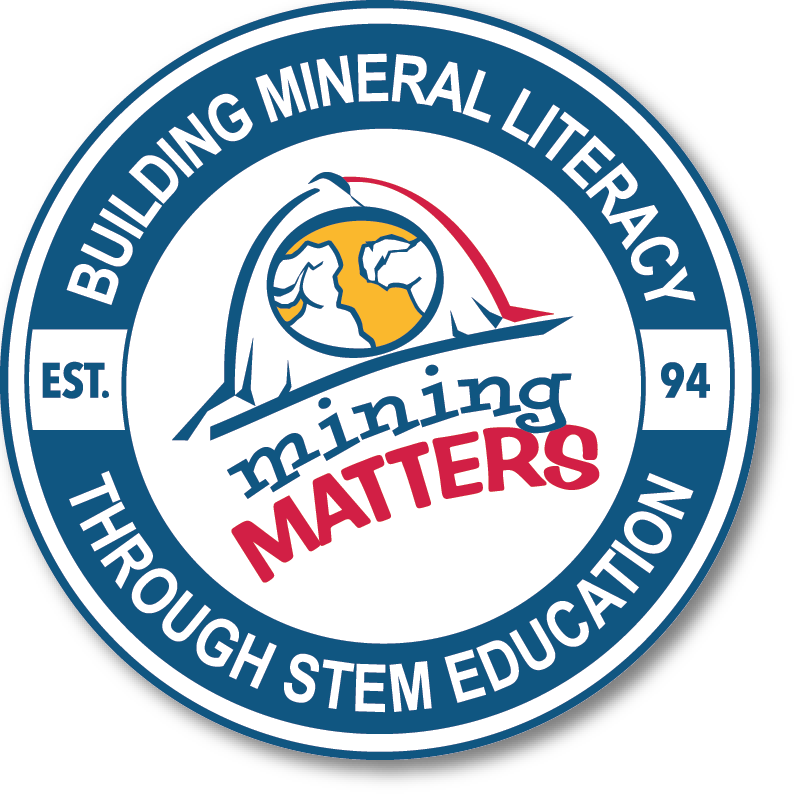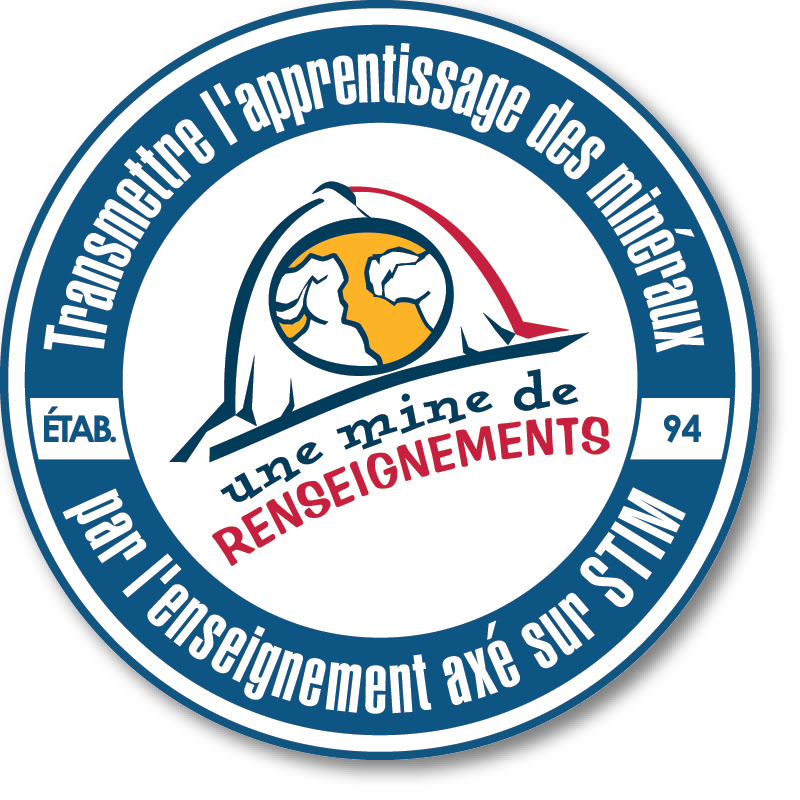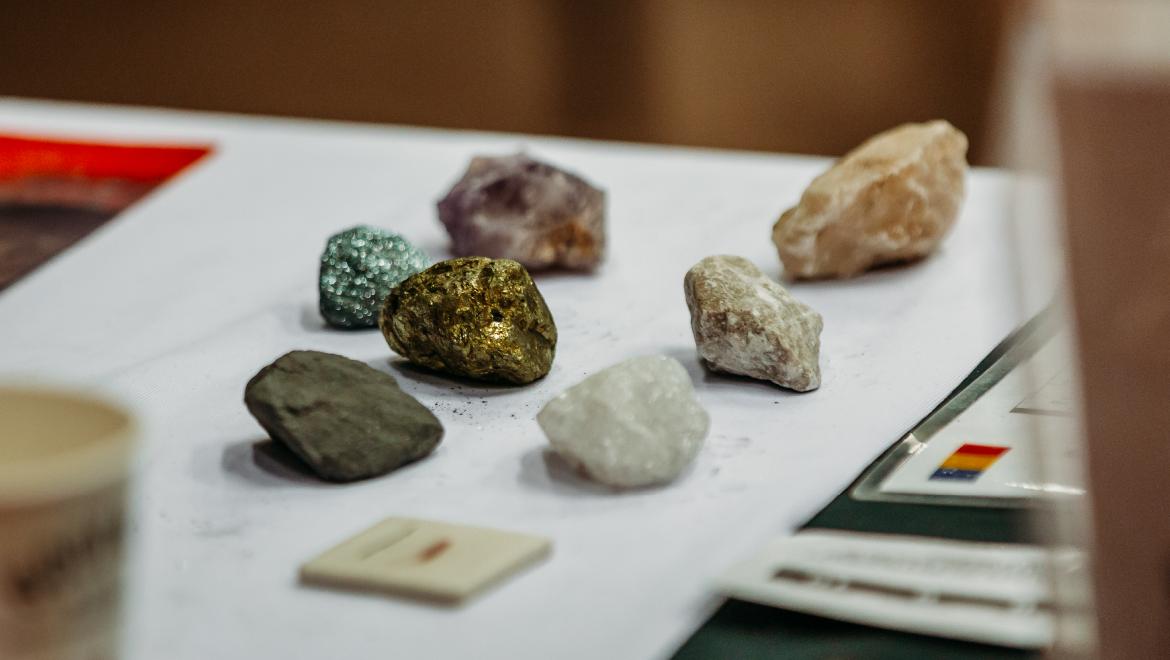
Mineral Identification Guide
Complete with photos and information about each mineral’s distinguishing characteristics, this mineral identification guide has been designed to assist you in identifying the minerals provided in the Deeper and Deeper and Mining Matters II kits.
This guide also includes information about each mineral’s physical characteristics, the location from where they were collected and their uses in everyday life.
Year after year, in-kind contributors from the mineral and aggregate industries provide valuable resources for our educational units. The sheer number and variety of rock and mineral samples required to produce the units is immense. More than 60 samples representing 25 different types of metallic and industrial minerals, aggregates, and the three main rock groups – igneous, sedimentary, and metamorphic – are required for each kit. Mining Matters relies greatly on our industry partners, resident geologists from the Ontario Ministry of Northern Development and Mines, and a crew of students to aid in the collection and sizing of samples. We would like to take this opportunity to thank our many in-kind contributors for their ongoing support.
- Amethyst
-
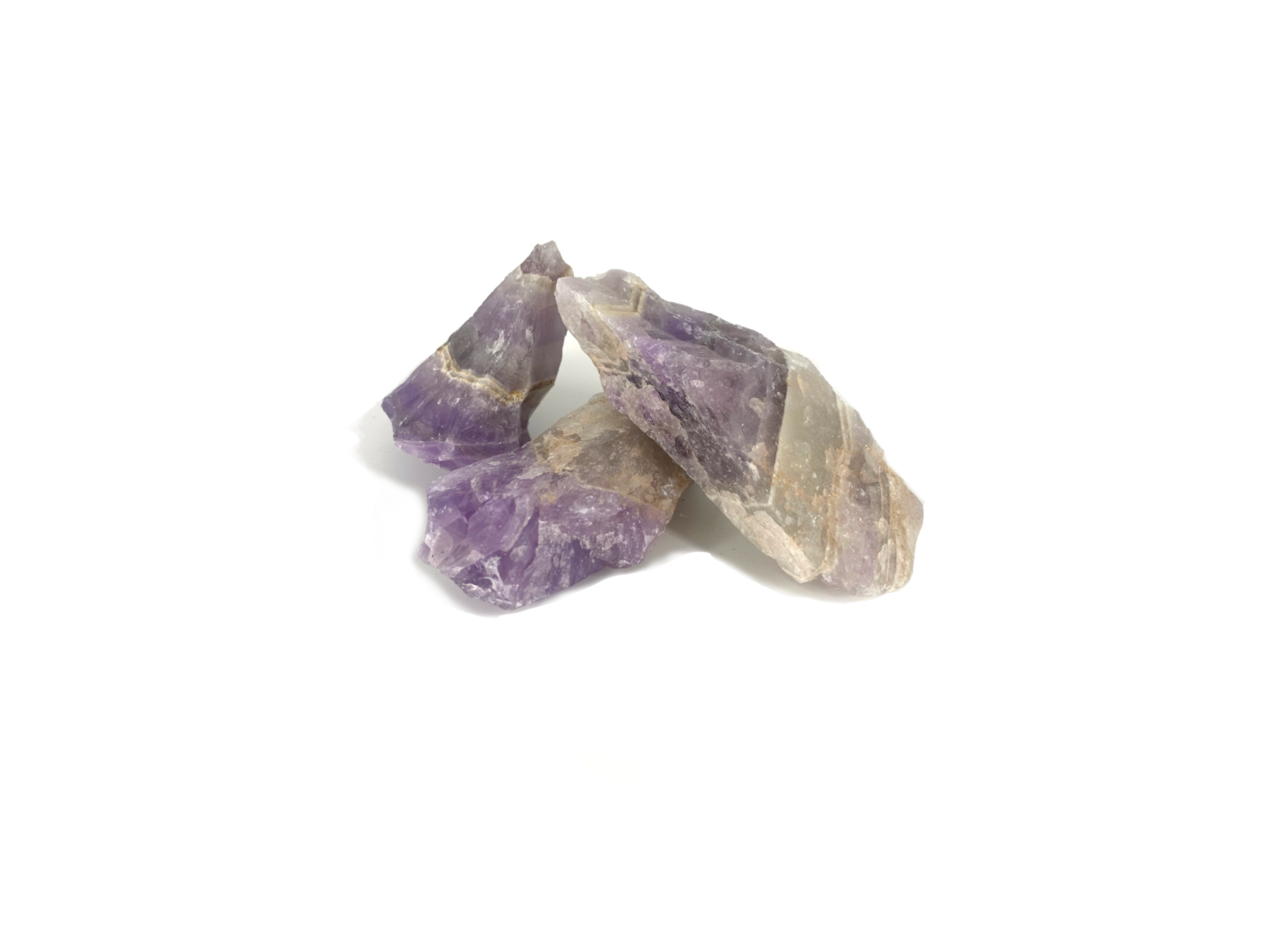
Colour: purple
Hardness: 7
Streak: white/colourless
Lustre: vitreous (glassy)
Magnetic: no
Conductive: no
Cleavage: none, it fractures like glass
Relative Density: 2.65
Distinguishing Characteristic: purple colour
Origin of your Samples: North shore of Lake Superior near Thunder Bay, Ontario
Other Occurrences: Brazil, Uruguay, Mexico and Russia
Uses: Amethyst is valued for its beauty, rarity, reflective nature and durability. Amethyst is Ontario’s mineral emblem and the birthstone for the month of February. It is used for gemstones, mineral specimens, and decorative pieces. - Barite
-
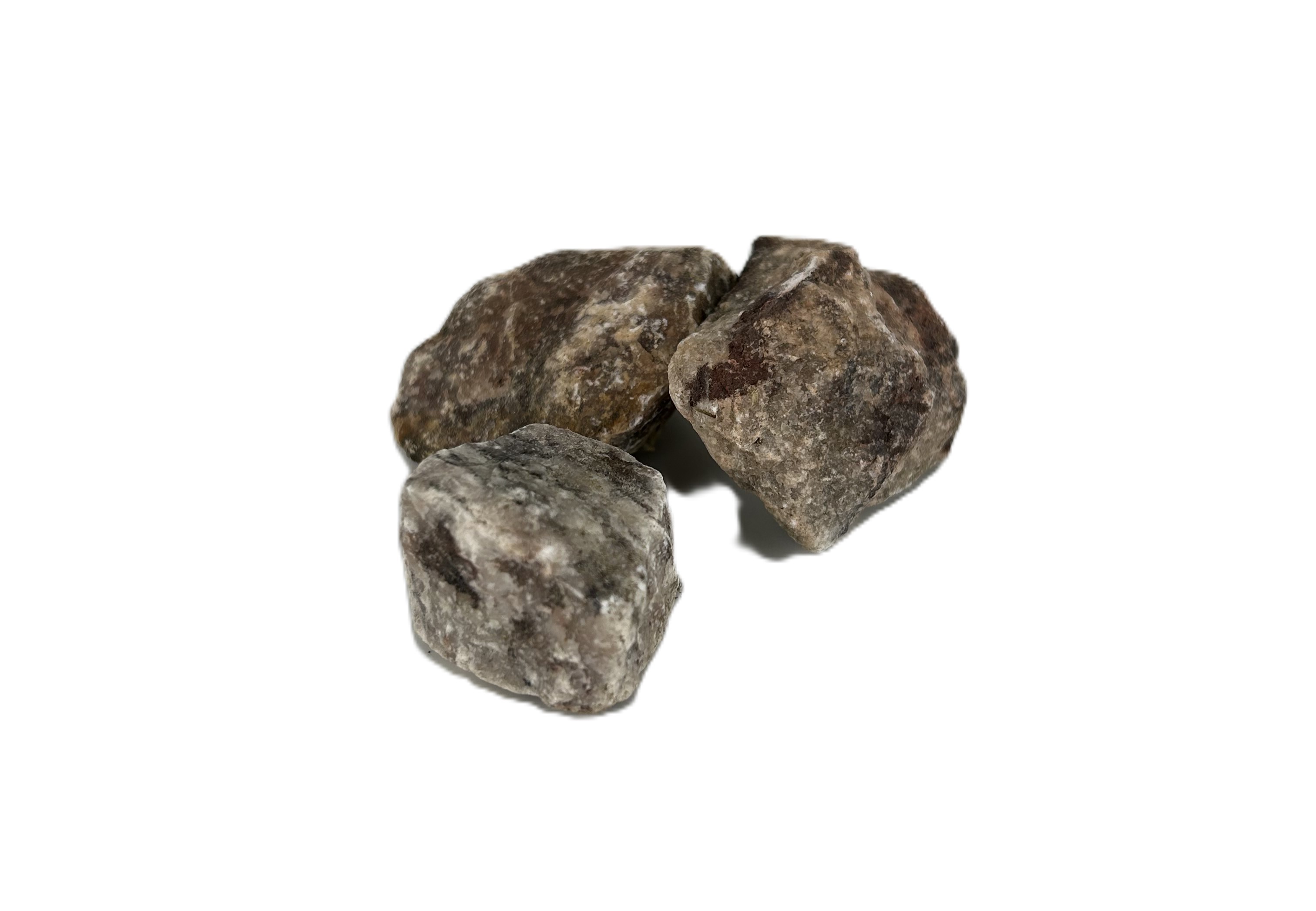
Colour: white with a hint of pink
Hardness: 3-3.5
Streak: white
Lustre: vitreous (glassy), pearly
Magnetic: no
Conductive: no
Cleavage: poor
Relative Density: 4.5
Distinguishing Characteristic: unexpectedly heavy
Origin of your Samples: Shining Tree, Ontario (between Timmins and Sudbury)
Other Occurrences: Oklahoma, Connecticut and Colorado in the USA, England, and Germany.
Uses: Because of its high density, barite is used as a filler in the manufacture of plastics and rubber. Ground barite is added to chemicals, explosives, drilling mud and is used in medical imaging.Barite samples courtesy of Extender Minerals of Canada.
- Calcite
-
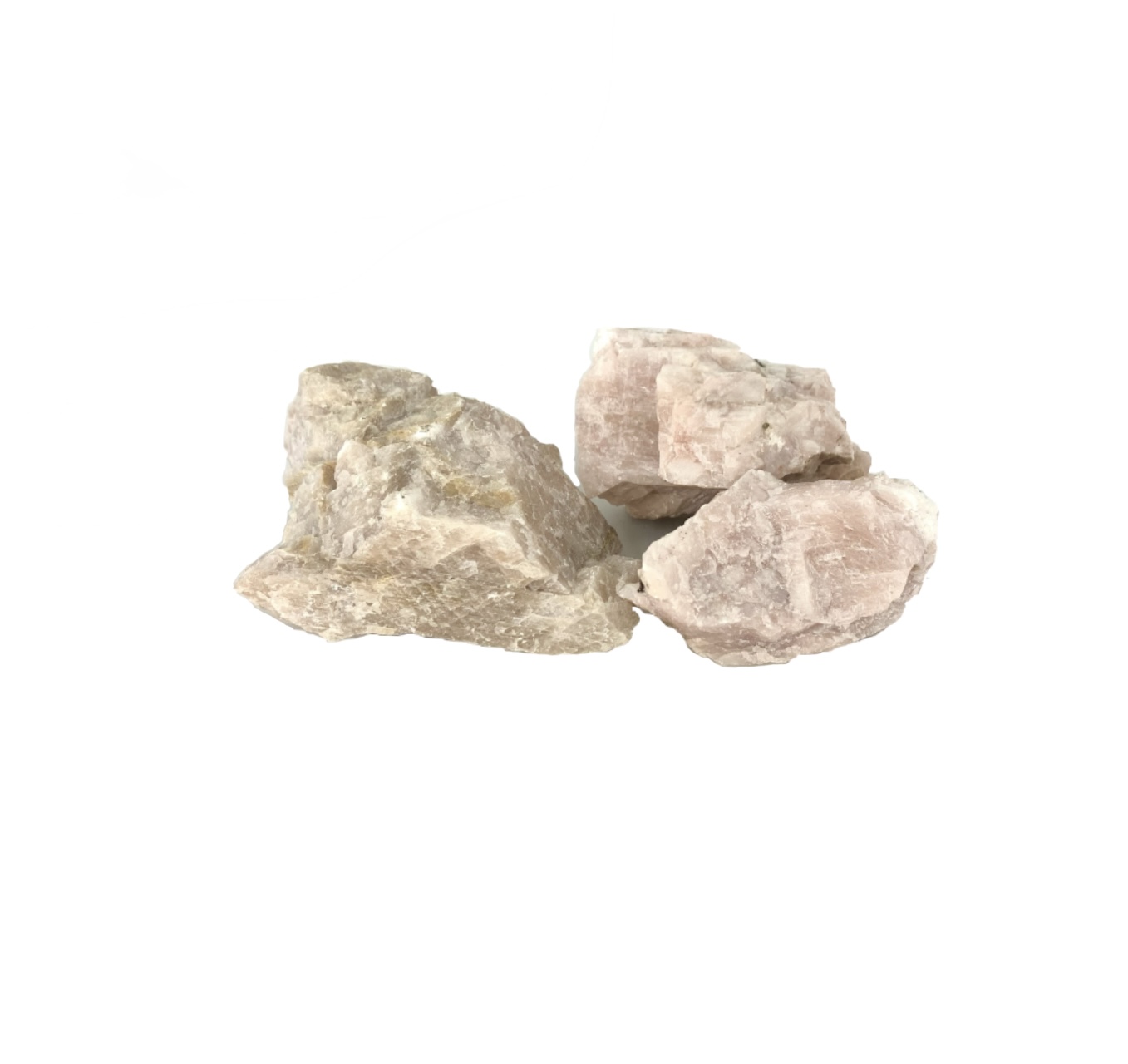
Colour: beige, off-white and white
Hardness: 3
Streak: white
Lustre: vitreous (glassy)
Magnetic: no
Conductive: no
Cleavage: good – observe calcite’s cleavage by holding the mineral up to the light and turning it slowly to see the slick, flashy surface where light reflects off the sample
Relative Density: 2.7
Distinguishing Characteristic: flat, glassy cleavage surfaces, effervesces with hydrochloric acid, can be scratched with a penny.
Origin of your Samples: Bancroft, Ontario
Other Occurrences: USA, Germany, Brazil, Mexico, England, India, Iceland, and Africa.
Uses: Calcite is crucial in the manufacture of fertilizers, metals, glass, rubber, and paint. It is the primary ingredient of cement and is used in the production of pharmaceuticals.Calcite samples courtesy of the Resident Geologist Program, Ontario Ministry of Northern Development and Mines.
- Chalcopyrite
-
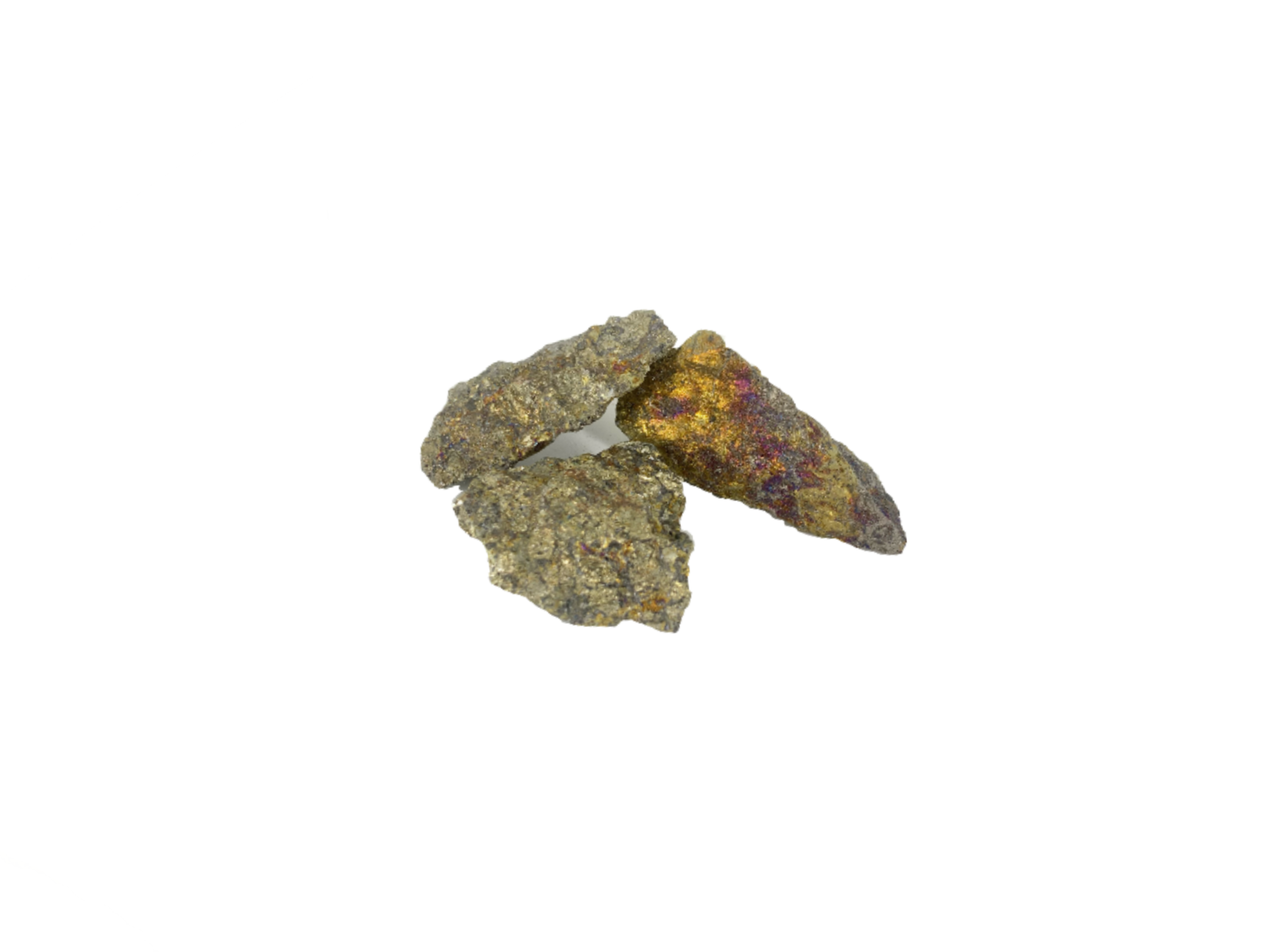
Colour: brassy yellow/green
Hardness: 3.5-4, Streak: green-black
Lustre: metallic
Magnetic: no
Conductive: yes
Cleavage: none
Relative Density: 4.2
Distinguishing Characteristic: Conductive
Origin of your Samples: Timmins, Ontario
Other Occurrences: Chile, Peru, Mexico, Europe, South Africa and USA
Uses: Chalcopyrite is the primary ore of copper. Copper is used in electrical wires, plumbing pipes, coins, and kitchen appliances – just to name a few of its uses.Chalcopyrite samples courtesy of Kidd Creek Mine operated by Glencore Canada.
- Feldspar
-

Colour: pink
Hardness: 6
Streak: white/colourless
Lustre: vitreous (glassy)
Magnetic: no
Conductive: no
Cleavage: good - observe feldspar’s cleavage by holding the mineral up to the light and turning it slowly to see the slick, flashy surface where light reflects off the sample
Relative Density: 2.5
Distinguishing Characteristics: pink colour and cleavage
Origin of your Samples: Bancroft, Ontario
Other Occurrences: USA, Russia, Norway and Madagascar
Uses: Feldspar is used in porcelain and is largely collected as mineral specimens.Feldspar samples courtesy of the Resident Geologist Program, Ontario Ministry of Northern Development and Mines.
- Gypsum
-
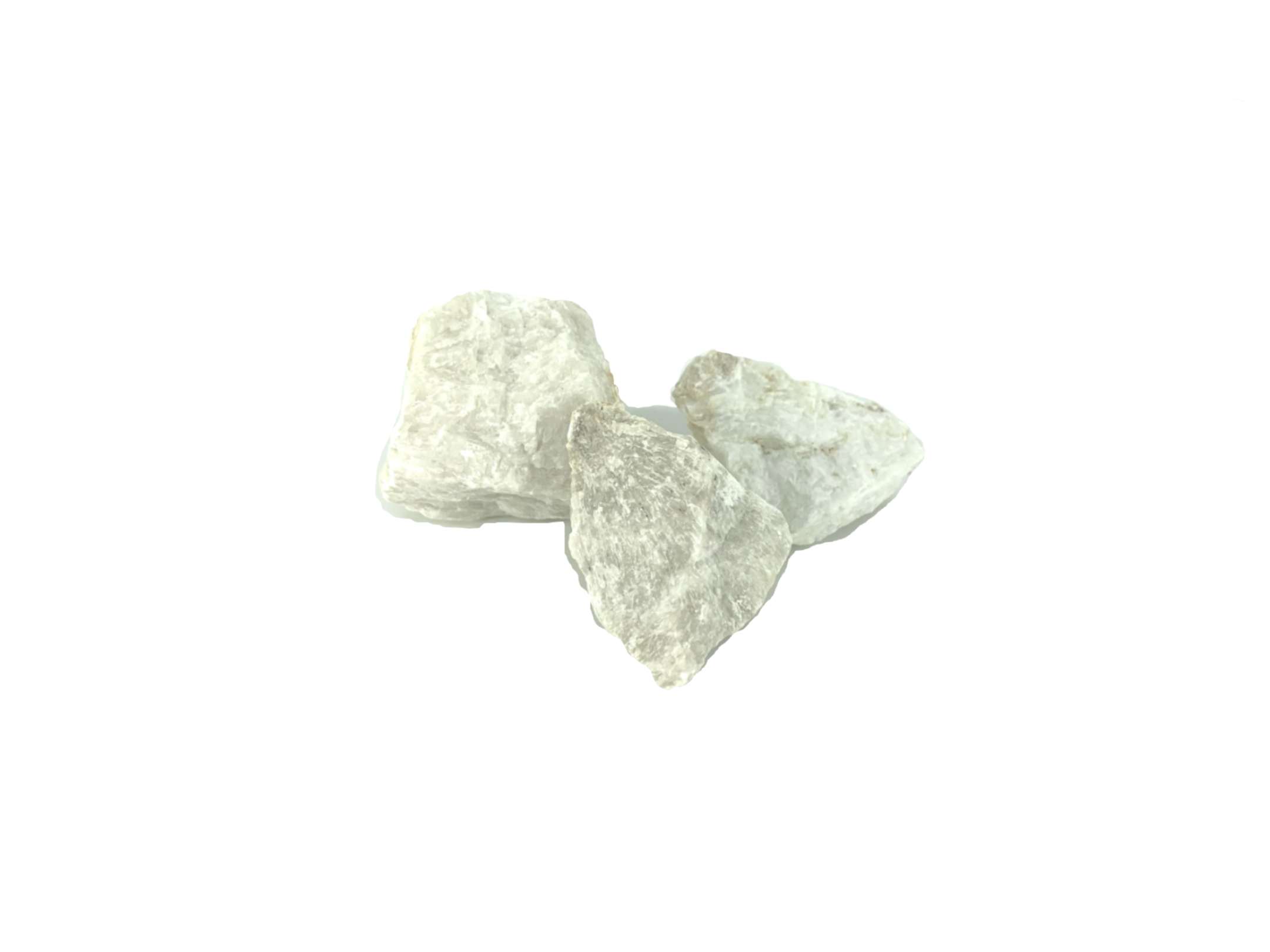
Colour: white, colorless or grey
Hardness: 2 (can be scratched by a fingernail)
Streak: white
Lustre: vitreous to pearly
Magnetic: no
Conductive: no
Cleavage: good – but not visible
Relative Density: 2.3
Distinguishing Characteristic: soft, but not as soft as talc
Origin of your Samples: Hagersville, Ontario
Other Occurrences: Mexico, Sicily, and Utah and Colorado in the USA
Uses: Gypsum is used to make chalk, drywall, plaster, cement, caulking, and paints.Gypsum samples courtesy of Canadian Gypsum Company (CGC) Inc.
- Halite
-
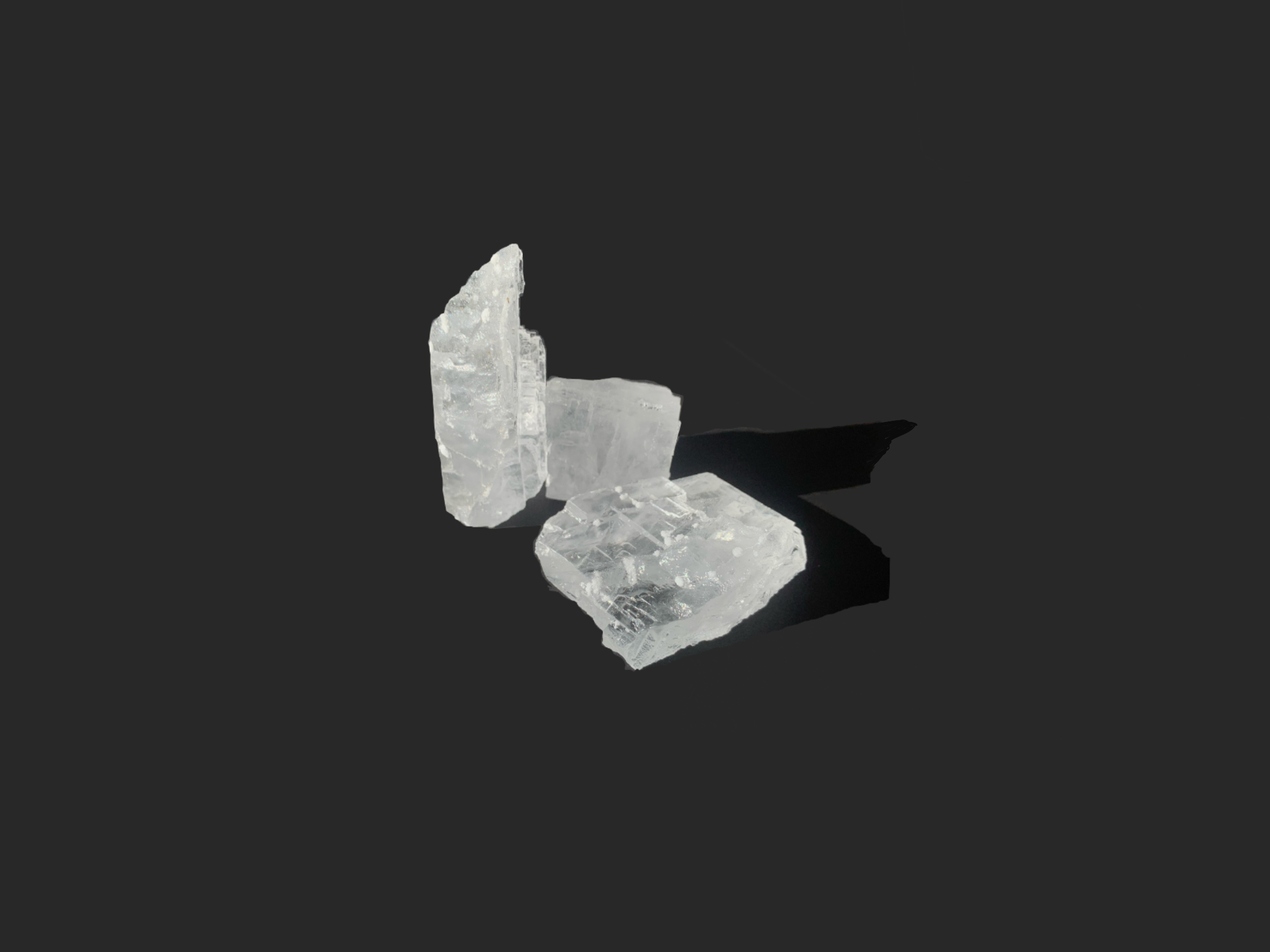
Colour: colourless
Hardness: 2
Streak: white
Lustre: vitreous (glassy)
Magnetic: no
Conductive: no
Cleavage: good – observe halite’s cleavage planes by identifying the slick surfaces that form right angles. Halite breaks into cubes along these planes of weakness.
Relative Density: 2.1
Distinguishing Characteristic: Tastes salty, clear, and colourless, cleavage forming right angles
Origin of your Samples: Windsor, Ontario
Other Occurrences: USA, Germany, and France
Uses: Halite is used as road salt and table salt. It is also used in the manufacture of glass, fire extinguishers, paint, plastics, synthetic rubbers, and cosmetics.Halite samples courtesy of Canadian Salt Company Ltd.
- Hematite
-
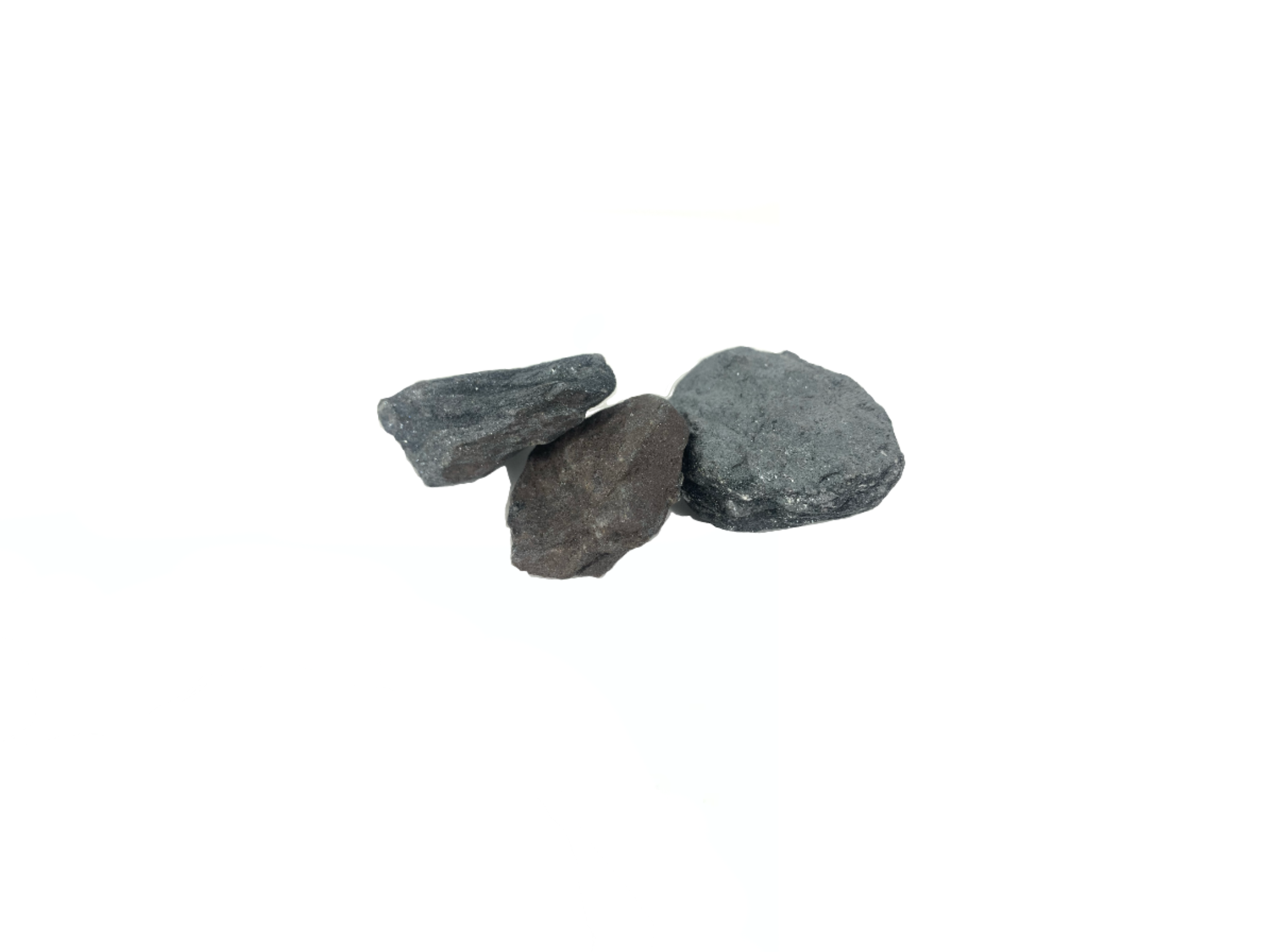
Colour: grey-black, red-brown
Hardness: 6-6.5
Streak: reddish-brown
Lustre: metallic or dull
Magnetic: yes (weakly)
Conductive: no
Cleavage: none
Relative Density: 5.3
Distinguishing Characteristic: reddish-brown streak
Origin of your Samples: Newfoundland
Other Occurrences: England, Mexico, Brazil, Australia and the Lake Superior region.
Uses: Hematite is an important iron ore. Other varieties are used as pigment.Hematite samples courtesy of Iron Ore Company of Canada Ltd.
- Magnetite
-
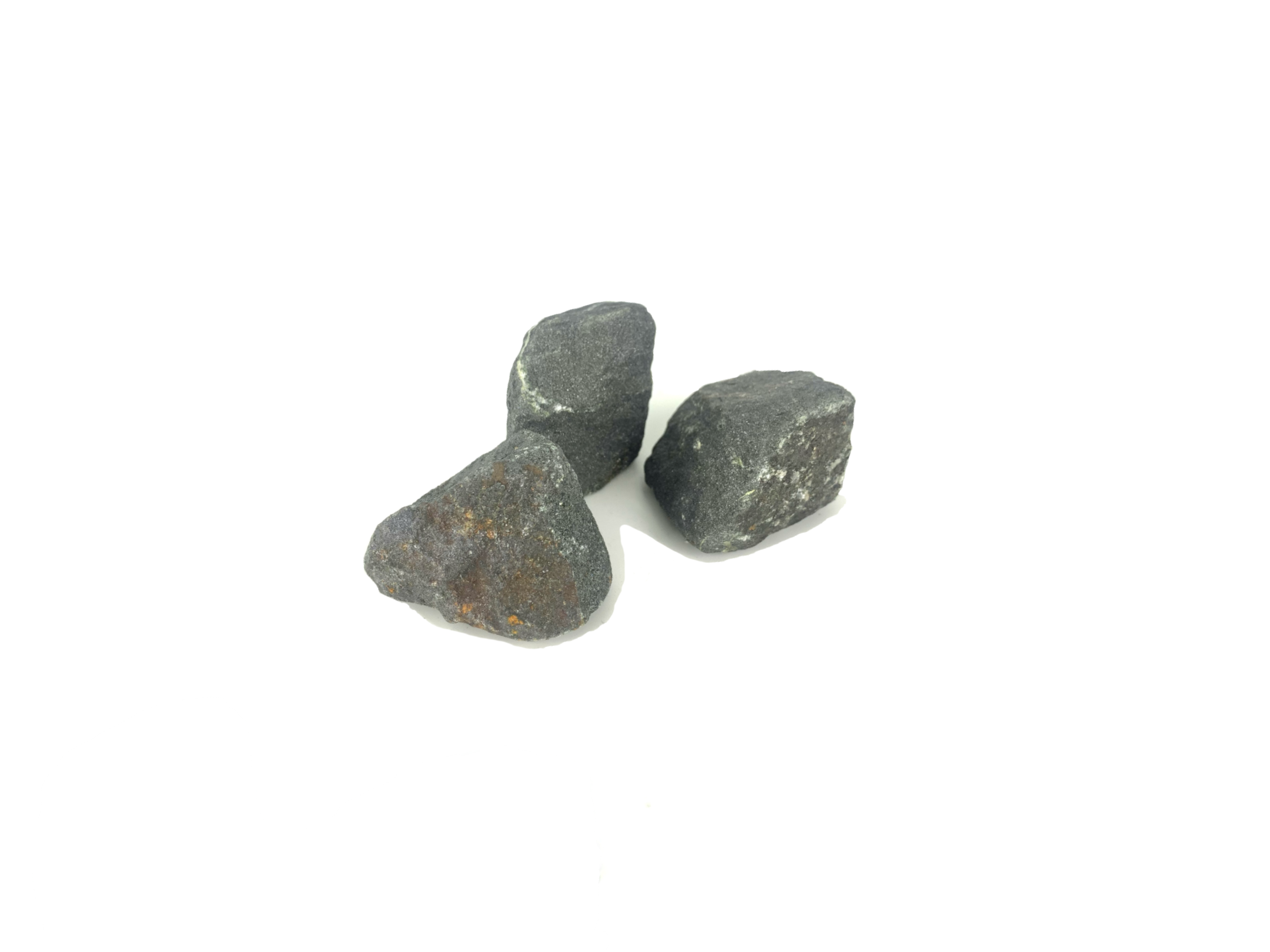
Colour: black
Hardness: 5.5
Streak: black
Lustre: metallic, dull
Magnetic: yes
Conductive: no
Cleavage: none
Relative Density: 5.1
Distinguishing Characteristic: Magnetic
Origin of your Samples: Madoc, Ontario
Other Occurrences: South Africa, Germany, Russia and USA
Uses: Magnetite is the primary ore of iron. Iron is used to make the steel used in buildings, bridges, vehicles, and ships – just to name a few of its uses. Stainless steel is also used in countless appliances and tools.Magnetite samples courtesy of Specialty Aggregate Corporation.
- Mica
-
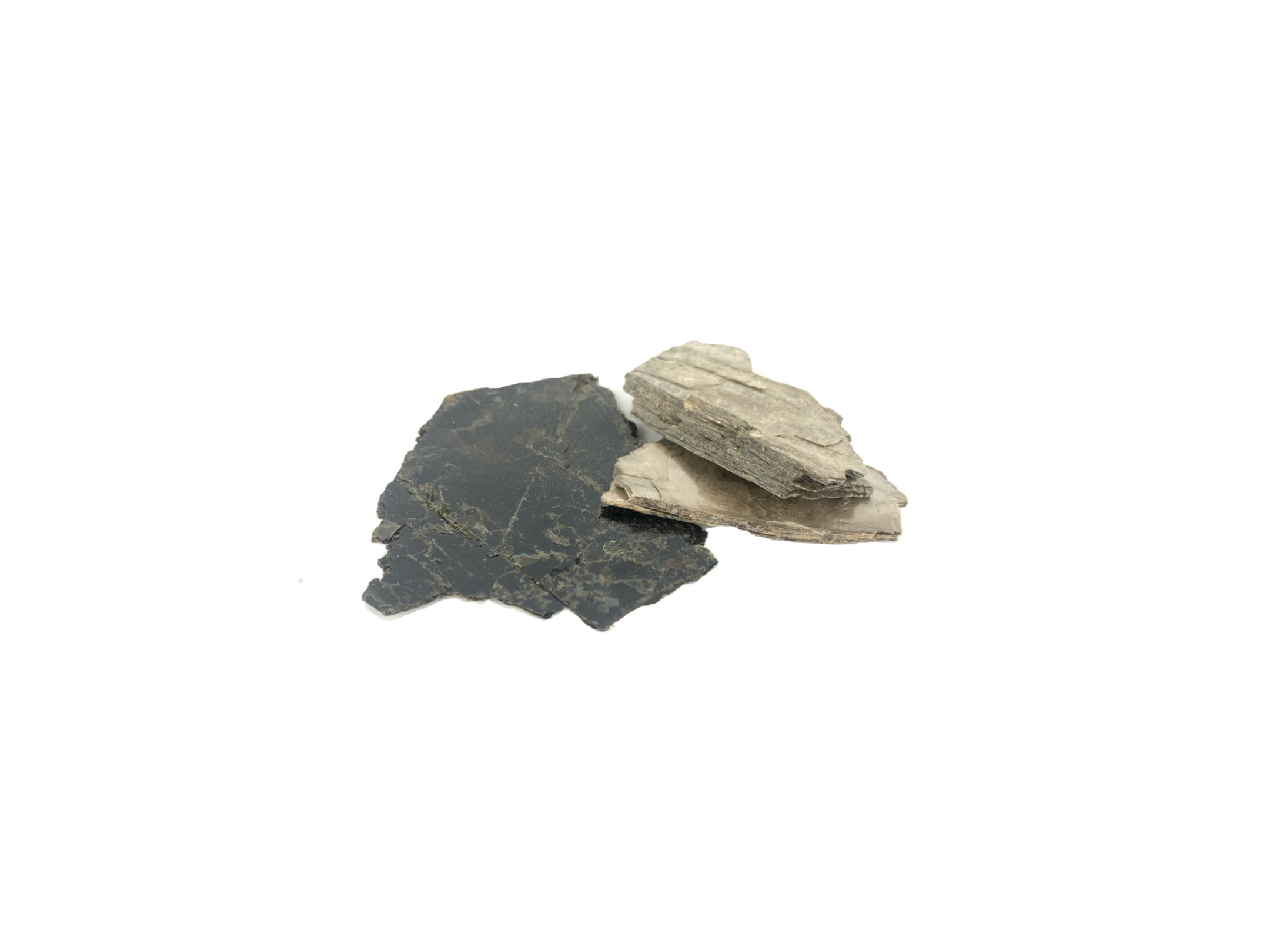
Colour: dark brown (biotite), colourless (muscovite)
Hardness: 2.5-3
Streak: white
Magnetic: no
Conductive: no
Lustre: pearly, vitreous (glassy)
Cleavage: good - observe mica’s cleavage by holding the mineral up to the light and turning it slowly to see the slick, flashy surface. Crushing a tiny bit in your hand will leave little sparkles where light reflects off the crushed sample.
Relative Density: 2.8
Distinguishing Characteristic: sheets flake off in layers
Origin of your Samples: Bancroft, Ontario
Other Occurrences: India, Pakistan, Brazil and USA
Uses: Mica is used as an industrial heat insulator. Scrap and ground mica is used in wallpaper, fancy paint, ornamental tile, roofing, and lubricating oil. Make-up also contains tiny flecks of mica to obtain a sparkling effect.Mica samples courtesy of the Resident Geologist Program, Ontario Ministry of Northern Development and Mines.
- Quartz
-
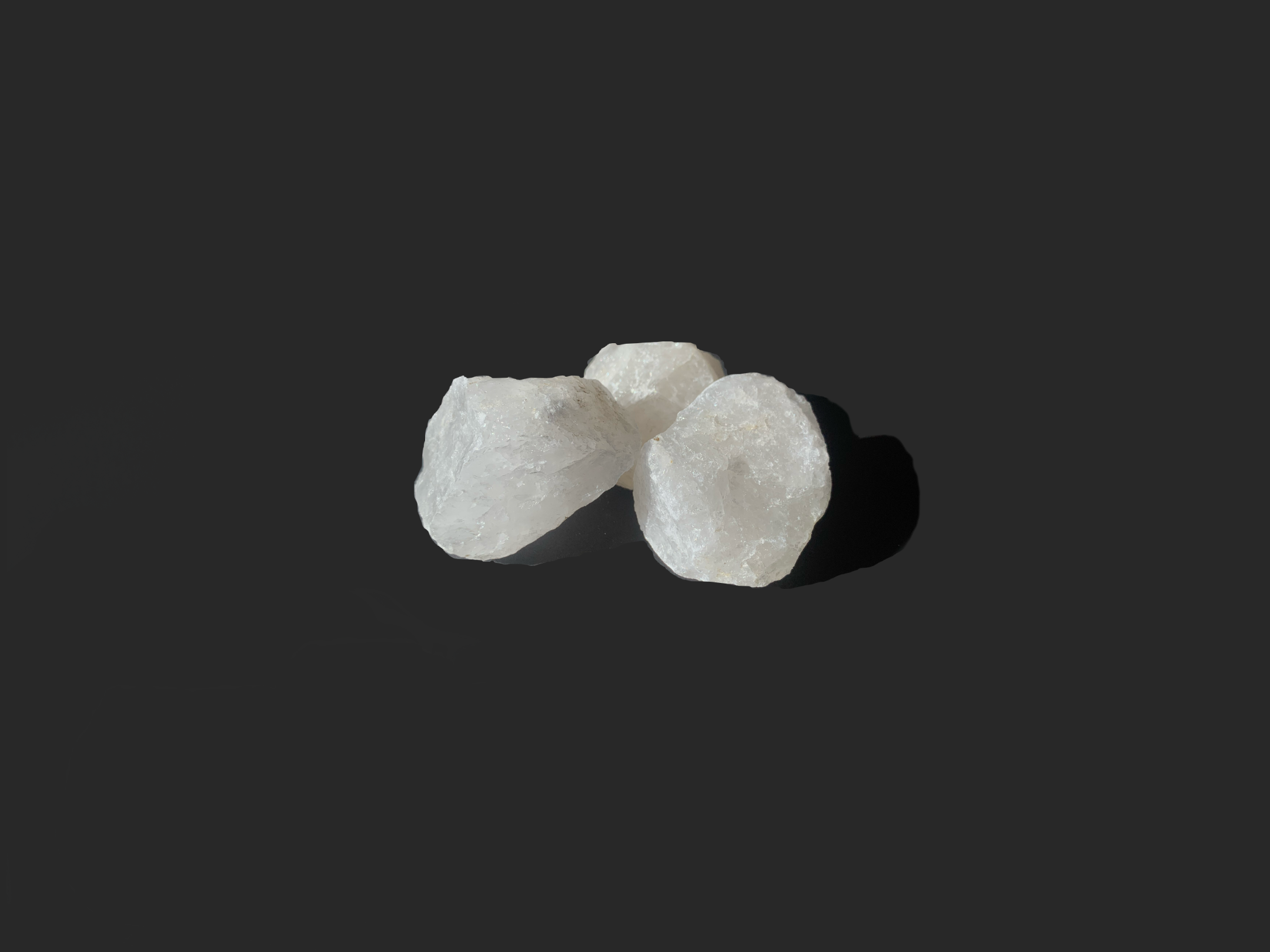
Colour: clear, white or grey
Hardness: 7
Streak: white/colourless
Lustre: vitreous (glassy)
Magnetic: no
Conductive: no
Cleavage: none
Relative Density: 2.65
Distinguishing Characteristics: glassy lustre and hardness
Origin of your samples: South Porcupine, Ontario
Other Occurrences: Brazil, Colorado, Scotland, Swiss Alps, Mexico and Germany.
Uses: Quartz is used to manufacture glass, electrical components, optical lenses, and abrasives.Quartz samples courtesy of the Resident Geologist Program, Ontario Ministry of Northern Development and Mines.
- Talc
-
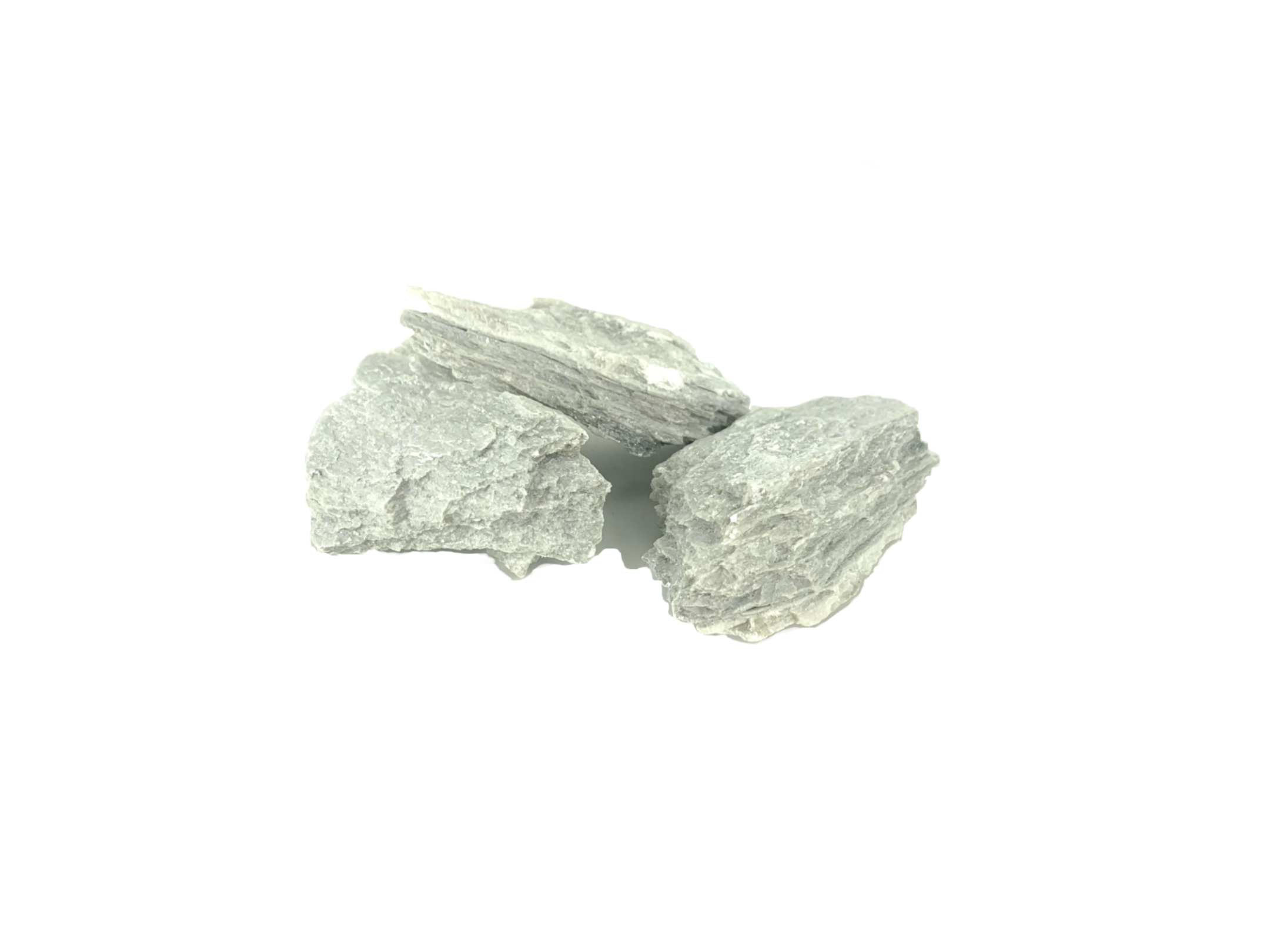
Colour: colourless, white, greenish, yellowish
Hardness: 1
Streak: white
Lustre: pearly, greasy
Magnetic: no
Conductive: no
Cleavage: good – but not visible
Relative Density: 2.7 - 2.8
Distinguishing Characteristic: very soft (can leave a mark on paper)
Origin of your Samples: Madoc, Ontario
Other Occurrences: USA, Germany, Italy, Austria, South Africa and Scotland.
Uses: Talc is used in making paper (as a filler), paints, face and talcum powder, soap, fireproof roofing, foundry facings, lubricants, linoleum and oilcloth, electrical insulation, pottery and insecticides. Talc is a major component of soapstone.Talc samples courtesy of Canada Talc Ltd. and Luzenac Inc
